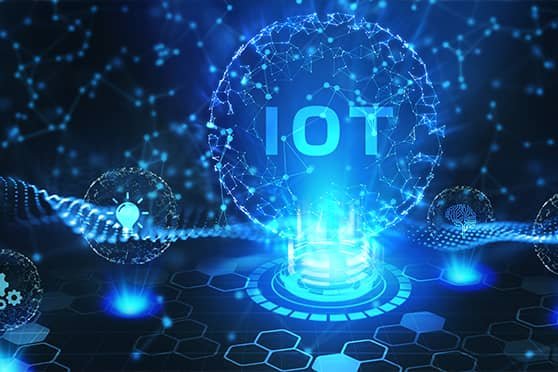Industrial IoT
Industrial Internet of Things is a collection of smart devices and sensors that are connected to one another and to the internet. They are used to enhance business intelligence, reduce costs and improve efficiency. It is estimated that the total cost of ownership for IIoT applications will range from $1.4 trillion to $3.3 trillion by 2030.
Industrial Internet of Things applications can help companies increase their ability to monitor and maintain industrial machinery. This can be done by analyzing the data generated from connected sensors. With this information, they can make informed decisions to ensure that their assets are safe and well-maintained. The devices can also help them avoid costly downtime and other unexpected problems.
For example, an oil company could use thermal imaging to identify issues with their pipeline. Using advanced algorithms, it can warn users about abnormal conditions. By combining the information from other sensors, the company can determine when it is time to make repairs.
In addition, IIoT can provide continuous monitoring of machines. IoT sensors can capture important performance metrics, such as the speed of a cutting machine. These data can be transmitted to a central system for analysis. It can even remotely halt a process, engage shutdown protocols, or change settings.
Embedded IoT microcontrollers are also being used by companies to improve their machines’ efficiency. These systems can monitor and detect problems in real time, sending alerts and reducing maintenance costs.
Another example of an Industrial IoT application is the use of cellular technology to collect and transmit data. Companies such as ABB, Magna Steyr, and Airbus have already deployed this type of technology to track their industrial robots.
Another example of an IIoT application is the use of wearable tech to enhance workplace safety. Airbus outfitted employees with such technology as they go about their daily tasks.
IIoT applications are especially useful in industries such as agriculture, manufacturing, and oil and gas. Having a constant supply of accurate data on equipment and production lines allows managers to better manage processes and make faster, more informed decisions.
As a result, the potential for IIoT is immense. Depending on the device and platform used, it can benefit many different sectors.
Discover the best Industrial IoT (IIoT) courses, click here
Consumer IoT
Consumer IoT refers to connected consumer devices, such as wearables, voice command systems, and healthcare & asset monitoring systems. This technology offers businesses a range of benefits, including better user behavior insights and a more immersive customer experience.
Many types of consumer IoT devices are already in widespread use today. These include smart watches, smart earphones, Bluetooth key trackers, and other wearables. Wearables can be used to track a range of activities, including health, blood pressure, and vital signs. They can also be used to help provide timely medical assistance.
Smart wearables are designed to transform consumers’ lives. A wearable can provide a range of features, such as a smart watch, Bluetooth key tracker, and blood pressure monitor. Eventually, wearables will no longer be dependent on smartphones. However, most consumers currently use them for personal healthcare purposes.
The increasing availability of consumer IoT solutions is driving growth in the market. In addition, leading companies are investing in cost-effective, technologically advanced products. Among the leading players in the consumer IoT market are Intel Corporation, NXP Semiconductors, Siemens AG, Cisco Systems, Inc., and Honeywell International, Inc.
Consumer IoT is predicted to reach USD 104.4 billion by 2023. During the forecast period, the consumer IoT hardware segment will secure the leading position.
The market is primarily driven by the growth of demand for home automation devices. Home automation devices will hold the largest share of the consumer IoT market by 2023. Besides home automation, other consumer IoT applications include room control, entertainment systems, and streaming devices.
Increasing health consciousness has also led to the growth of the consumer IoT market in North America. As consumers become more aware of health issues, they have become increasingly interested in smart wearables.
Increasing internet penetration in smart devices has also contributed to the growth of the consumer IoT segment. Consumers are looking for devices that can offer energy-efficient options. Also, they want devices that will be reliable and secure.
With the increase in demand for IoT-enabled consumer devices, the global consumer IoT market will continue to expand, according to a report by Transparency Market Research.
Are you interest to discover more about IoT, contact us or visit IoT Worlds homepage


